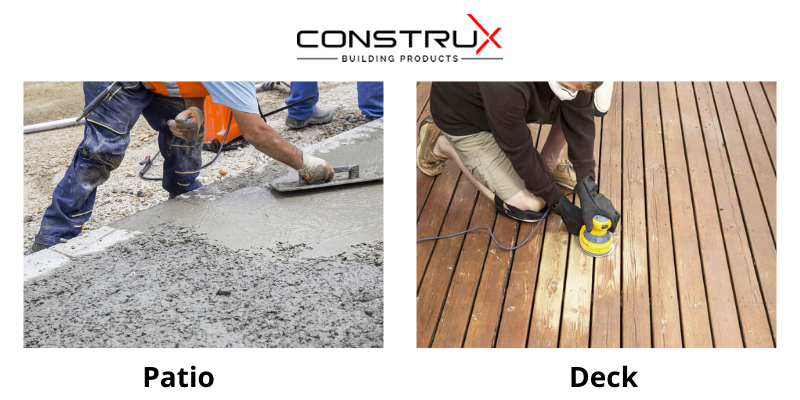
Early Warning Signs for Patio and Deck Replacement
Having a patio built on a deck can be an incredible addition to your home settings. It doesn’t matter whether it is used for reading a good book, hosting a summer party, entertaining guests, or for family relaxation. However, both the deck and patio are structures that are exposed to natural elements such as snow, winds, rains, and sun on a daily basis; these natural elements cause a gradual deterioration, resulting in extensive and expensive damages.
No matter how strong or durable the materials used in the construction of your deck or patio structure are, it is inevitable that they will still be affected by these aforementioned natural elements.
In addition to the activities that can be carried out in your patio space, your patio provides the most perfect space for outdoor eating, lounging, and grilling. So, you need to make sure that your deck stays rigid and your patio remains in perfect shape so that you, your family, and your friends can continue to spend some memorable times together in this space.
To ensure your deck and patio remain in top-notch form, you need to inspect and examine their condition in different seasons and weather. Both should be annually inspected to check for signs which indicate a need for replacement or renovation.
Below are some of the signs you need to watch out for you to know if it is time to replace some materials on your deck and patio space.
1. Wood rot
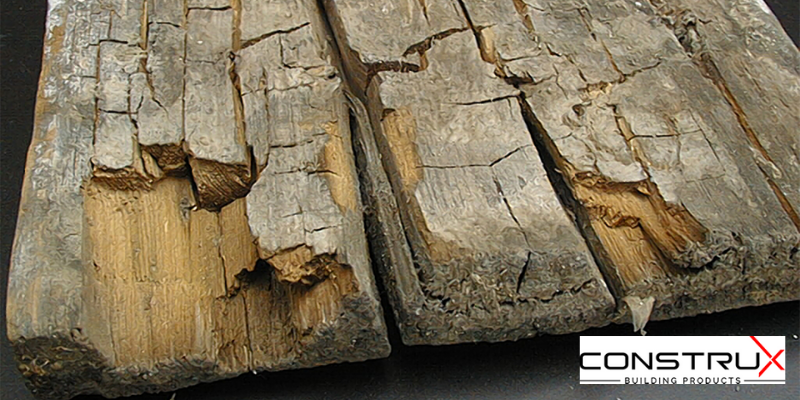
Wood rot is one of the warning signs you can quickly notice on your deck structure. Decks are generally constructed with wood and are in direct contact with the soil. With its consistent exposure to fluctuating natural weather elements like sun, rain, snow, and the likes, the wood will start to deteriorate and get weak. The accumulated deterioration will eventually result in wood rot, which is never a good sign for your deck. If the wood rot is left unchecked, it can cause extensive damage to the shape and structure of the entire deck. So, you must always take a close look at the deck posts at least every month.
2. Cracks on concrete
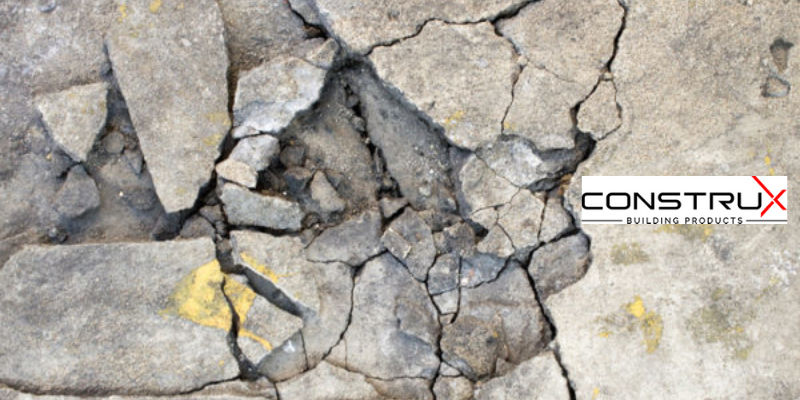
If you discover cracks gradually forming on the floor of your deck, it is an indication that it needs repair. Small cracks along the surface of your deck are inevitable, and most times are not a big deal. The issue here is that once cracks begin to form on a surface, they only get worse. The fissures and cracks can even attract and encourage the growth of weeds. The weed growth will then force these small cracks to enlarge and expand, which, in turn, creates an easy entry point for moisture and water.
Once the water finds its way inside, it will continue to freeze, thaw, and freeze according to the temperature fluctuations. Thus, building pressure on the concrete, which will eventually crack more. The depth and width of such cracks must be thoroughly examined to provide the perfect solution for them. You can add sealant works or patches for cracks, which are not more than 1/8-inch wide. These cracks are also known as hairline cracks. On the other hand, concrete repair caulk can be used on larger cracks, which are up to ½-inch wide.
3. Erosion around the deck posts
Concrete and wooden deck footings are both vulnerable to erosion. Soil erosion happens when the soil supporting the deck footing and posts gets washed away by snowmelt and rainwater. The deck will become destabilized when the posts’ lower level becomes uncovered.
So, if you notice water pooling in your yard after heavy rainfall, or if you discover a small rivulet moving underneath your deck, don’t hesitate to call a drainage system expert and a deck contractor to repair any damage to prevent similar issues in the future.
4. Surface or spalling deterioration
Spalling is when the pieces of your concrete deck begin to chip away and fall off. To safeguard your patio from further damages, the spalling issue needs to be dealt with as soon as possible. It will only get worse if not attended to on time.
The spalling issue may be a result of faulty construction in which excess water was added to the concrete mix. It might also be that the concrete was not properly cured after installation. Quality construction is important for the longevity of the deck surface.
So, anytime you notice the gradual deterioration and chipping away of your deck, it doesn’t mean the whole of your deck must be removed and reconstructed. You can resurface your deck with a half (½) inch concert overlay, which may be the solution to fix the surface or spalling deterioration.
5. Deck boards crack
A splintered or cracked deck board is not an issue that should cause you any panic. You can contact a deck repair contractor to replace some of the cracked or splintered deck boards. However, if it appears that almost all the boards of the deck are showing signs of deterioration, then it may be the right time to remove all the boards and replace them with brand new ones.
Wood doesn’t have an eternal lifespan. Regular painting, sealing, and staining can go a long way in prolonging the lifespan of a wooden deck. However, the natural elements will still definitely take their toll.
6. Rusted fittings and fixtures
Check underneath your deck and check the joints of your patio structure carefully to ensure that the fittings and fixtures that are holding it all together are still in good form. For decks that are several decades old, the fittings and fixtures can get weakened by natural elements and age. This weakening can lead to the deck’s instability, making it dangerous for usage.
Also, if the fittings and fixtures around the edges of your patio are worn out and not in the right place, it poses a great danger, as it can fall off anytime. This is why you must replace all rusted and broken fittings as soon as you notice them.
Conclusion
A deck is like the foundation on which the patio is built, and so it should be given attention first. A patio can be an incredible extension of your home. This space on your property, if kept in the proper shape, is perfect for getting together with your family and friends, for relaxing, and for other leisure activities. Weather, time, and lack of good and consistent maintenance can affect your patio structure. To help maintain its structure, regularly inspect it for any sign of deterioration and fix the problems immediately.



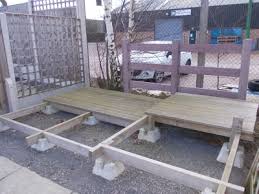
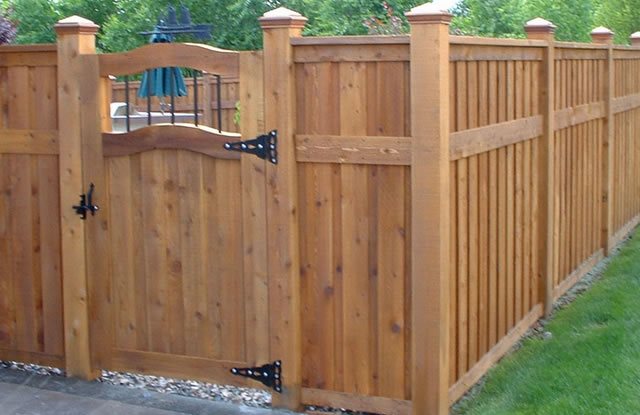
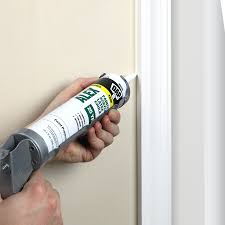

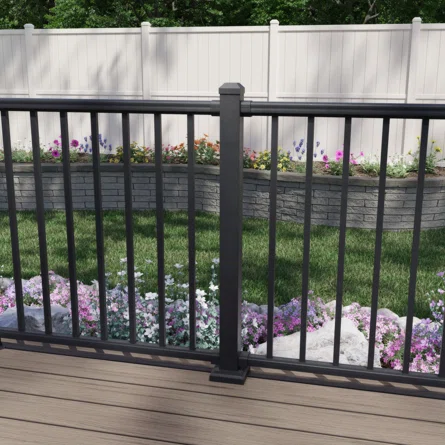
COMMENTS